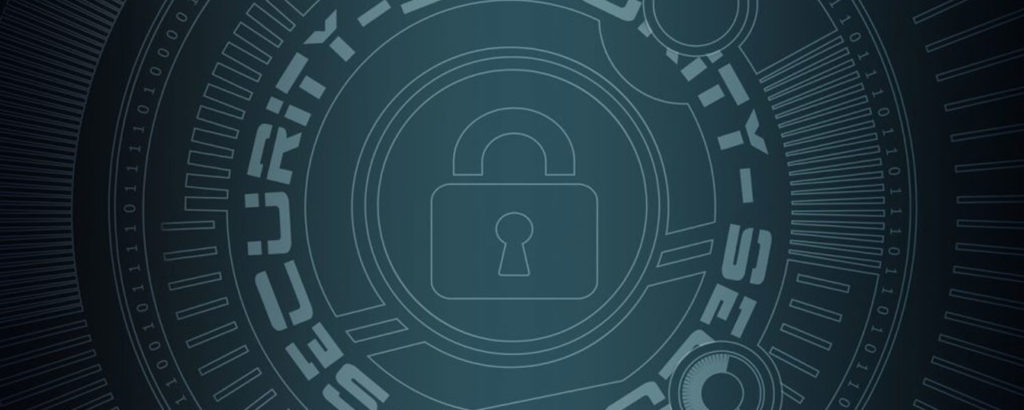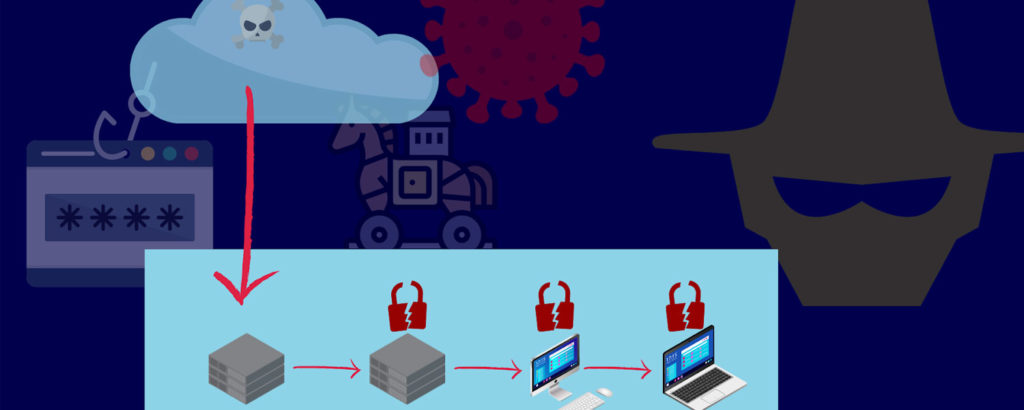Do You Need a VPN and a Firewall Security Solution for Your Business?
VPNs and firewalls are two of the most basic cybersecurity tools. Many companies have at least one of them. However, owning each tool requires substantial time, expertise, and financial investment. In this article, you’ll learn the differences between VPNs and firewalls. First, you’ll learn about each technology separately, along with the benefits and drawbacks of each. In addition, you’ll learn about the use cases for each and discover why you need both to provide effective security measures.









